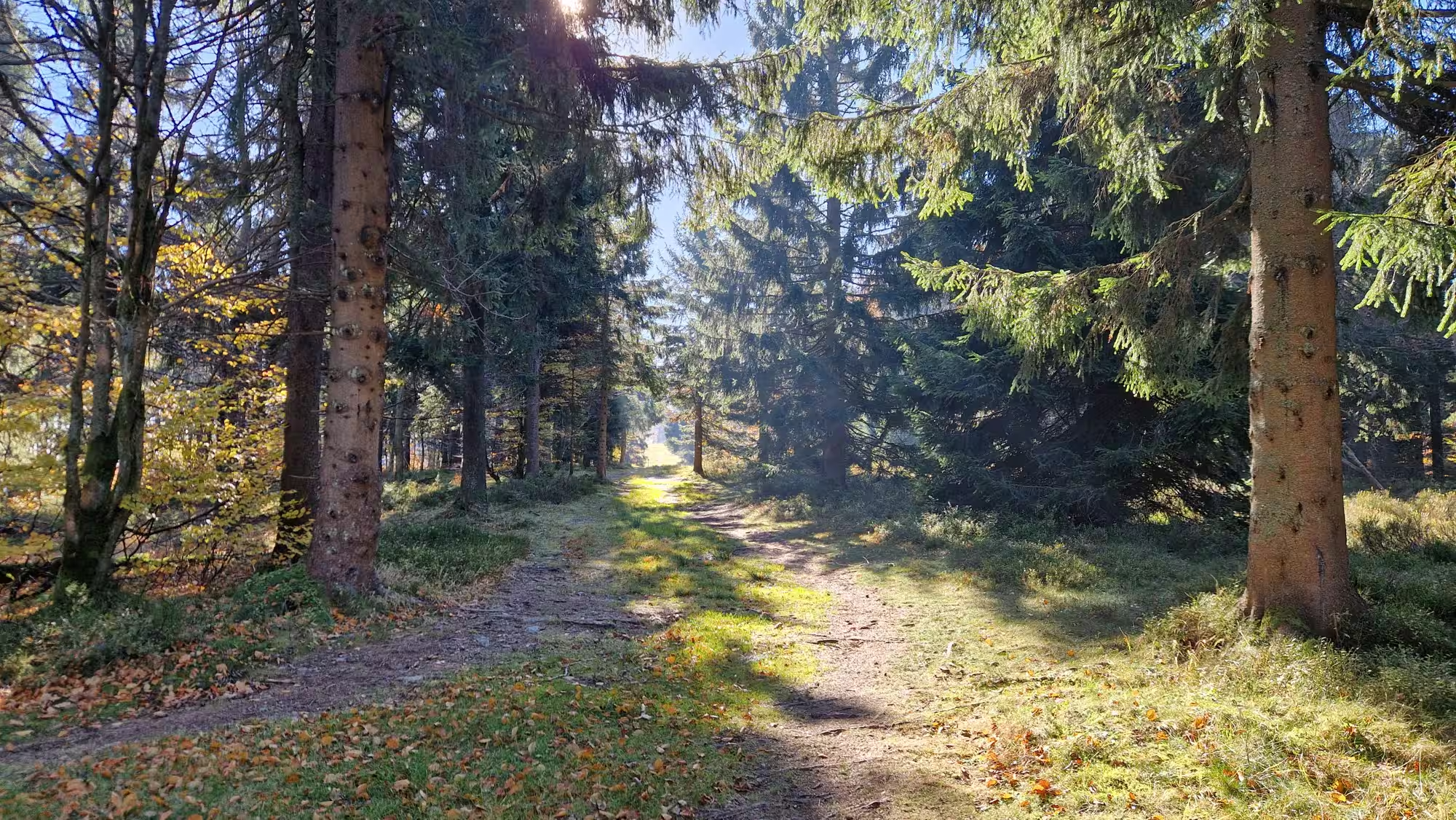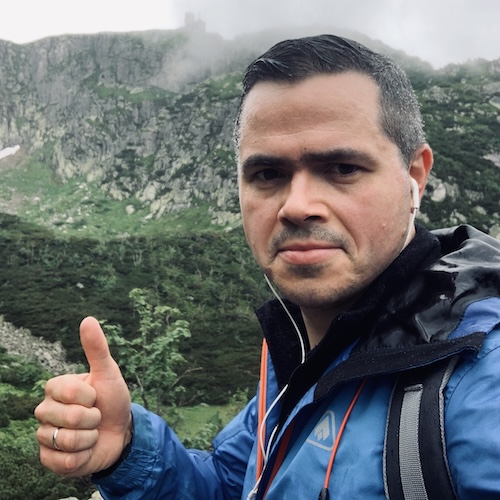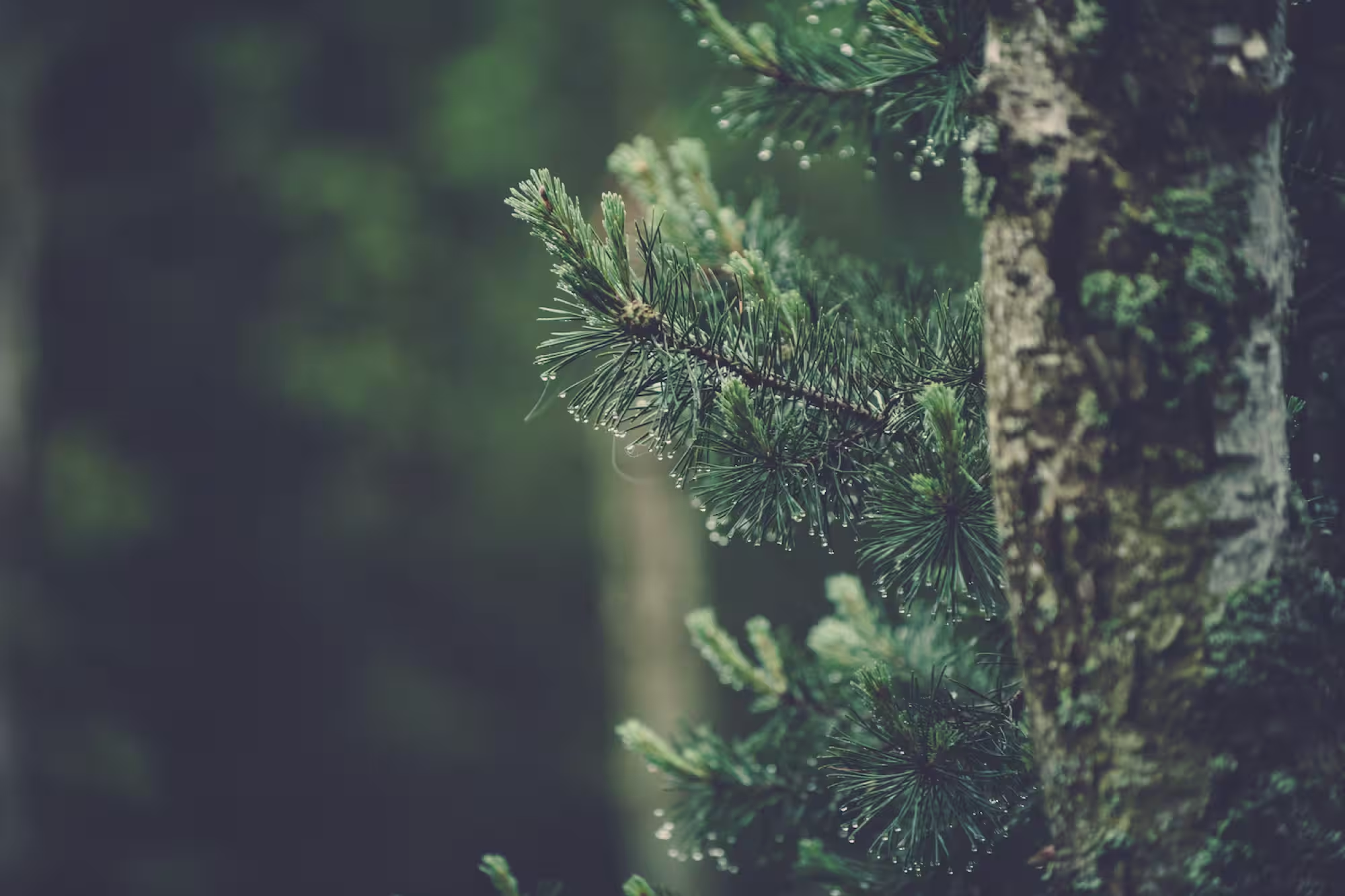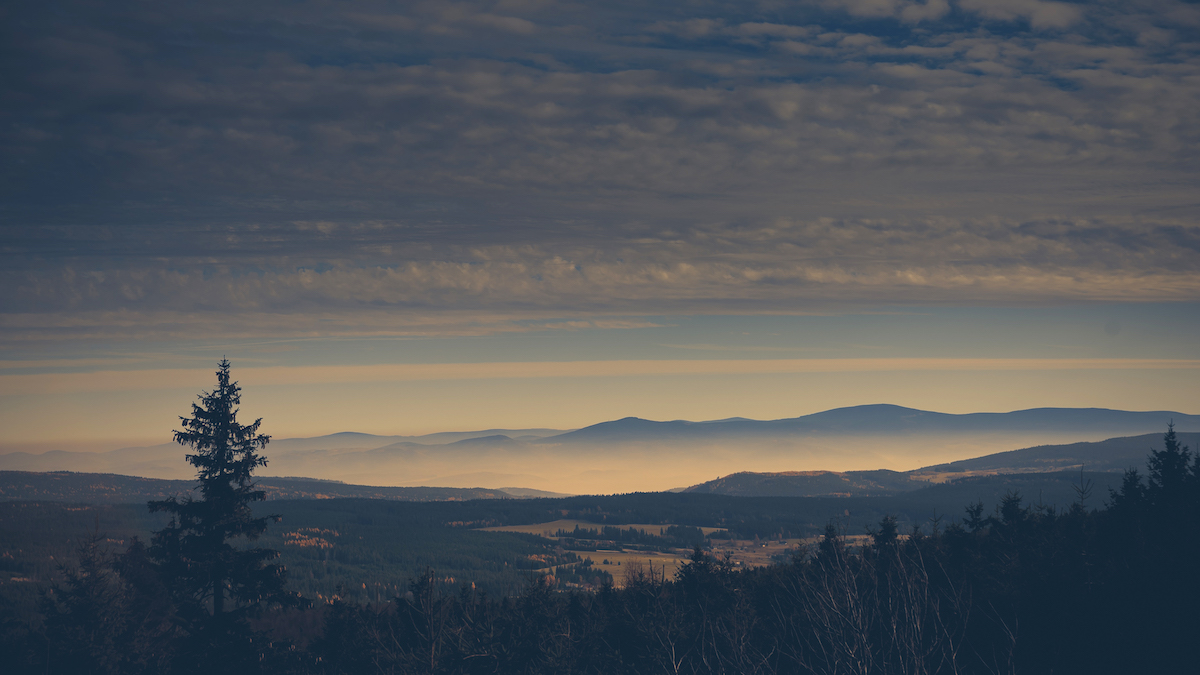A trip to the mountains in autumn. Is it summer, or is it winter?
Table of contents

From the article you will learn:
- What weather conditions are especially important for autumn hikes in the mountains
- What to pack in your backpack to feel comfortable and safe
- Why common sense is the most important tool of every tourist
For many of us, the mountains at this time of year are by far the most attractive. The smaller number of tourists on the trails, the superb colours, which are particularly saturated especially in the Sudetenland, and the breath of fresh, cool air make every trip quite an adventure. But let's not forget that at this time of year the mountains change their face a little.
Check the forecast before you hit the trail
The most important thing before a trip to the mountains - to which you must not pass by indifferently - is proper preparation. Whether we are going to a smaller hill or have planned an all-day rally on the wild ridges of the Bystrich Mountains, the weather forecast should be our first stop.
Autumn hikes often mean precipitation and temperature drops — single-digit readings on thermometers are already standard, and rain can dramatically reduce thermal comfort. Failure to prepare for such conditions can result in rapid cooling.

Orlice or Bystrzyckie Mountains — choose the route with your head
The mountain ranges surrounding Zieleniec differ in character. The Orlickie Mountains offer more hostels and tourist infrastructure. The Bystrica Mountains are wild, quiet and less frequented — but also more demanding, especially in autumn. It is worth taking this into account when choosing a route — if you are planning a longer trip, the lack of a shelter can be of great importance.
Fog, wind, dampness — don't underestimate autumn conditions
Autumn is also a time of increased risk of fogs, which can disrupt orientation in the terrain. Although the Kłodzko Valley is difficult to compare with the Tatras or Babia Góra, the local conditions can surprise. A momentary distraction or departure from the trail can end up being an unpleasant adventure — especially if it gets dark.
What to take in the backpack?
More important than the number of things is their relevance. What can not be missing?
- fleece, rain jacket (preferably breathable),
- hat, gloves, additional layer of clothing,
- suitable thermal underwear,
- high trekking boots with a good sole,
- laminated map, flashlight with batteries,
- thermos with tea, water supply,
- phone with rescue app and powerbank.
It is worth remembering that in autumn darkness falls quickly. A well-equipped backpack and the right clothes can save us from getting cold and sometimes even getting lost in the field.

Sweets — yes, but in moderation
Let's not forget about the energy reserve in the form of dark chocolate or energy bars. However, this is not about a treat - sweets in the mountains should fulfill the function of quick recovery, and not a full-fledged meal. When we get hungry, it is better to reach for a decent sandwich and leave a sugar injection for a possible crisis.
The most important piece of inventory? Common sense
There is nothing more important. Even the best packed backpack and the latest mountain boots will not replace prudence, humility towards nature and responsibility. Most of the interventions of mountain rescuers are not due to sudden weather breakdowns, but to mistakes made by tourists. In autumn, it is especially worth betting on caution - both when planning the route and already on the trail.
.avif)



